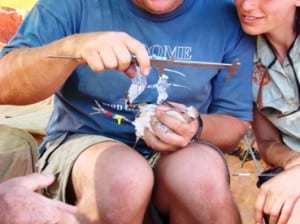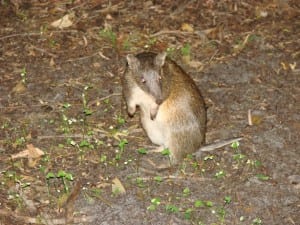Firing cannons at birds
By Jack Ashby, on 30 June 2011
Natural history has always been a field largely populated by amateurs. This is one of its biggest strengths. Without the passion and interest of millions of people worldwide it would be very hard to get anything done – both politically and financially. And by referring to people as amateurs I’m certainly not suggesting that they can’t also be experts.
Hard-core natural historians regularly fall into one of three groups – birders, mammal-tickers and herpos (those obsessed with reptiles and amphibians). A common trend among them (though not true of all members of each group) is the desire to “tick off” as many species as they can, and create a nice long list of everything they have seen. (more…)
 Close
Close




